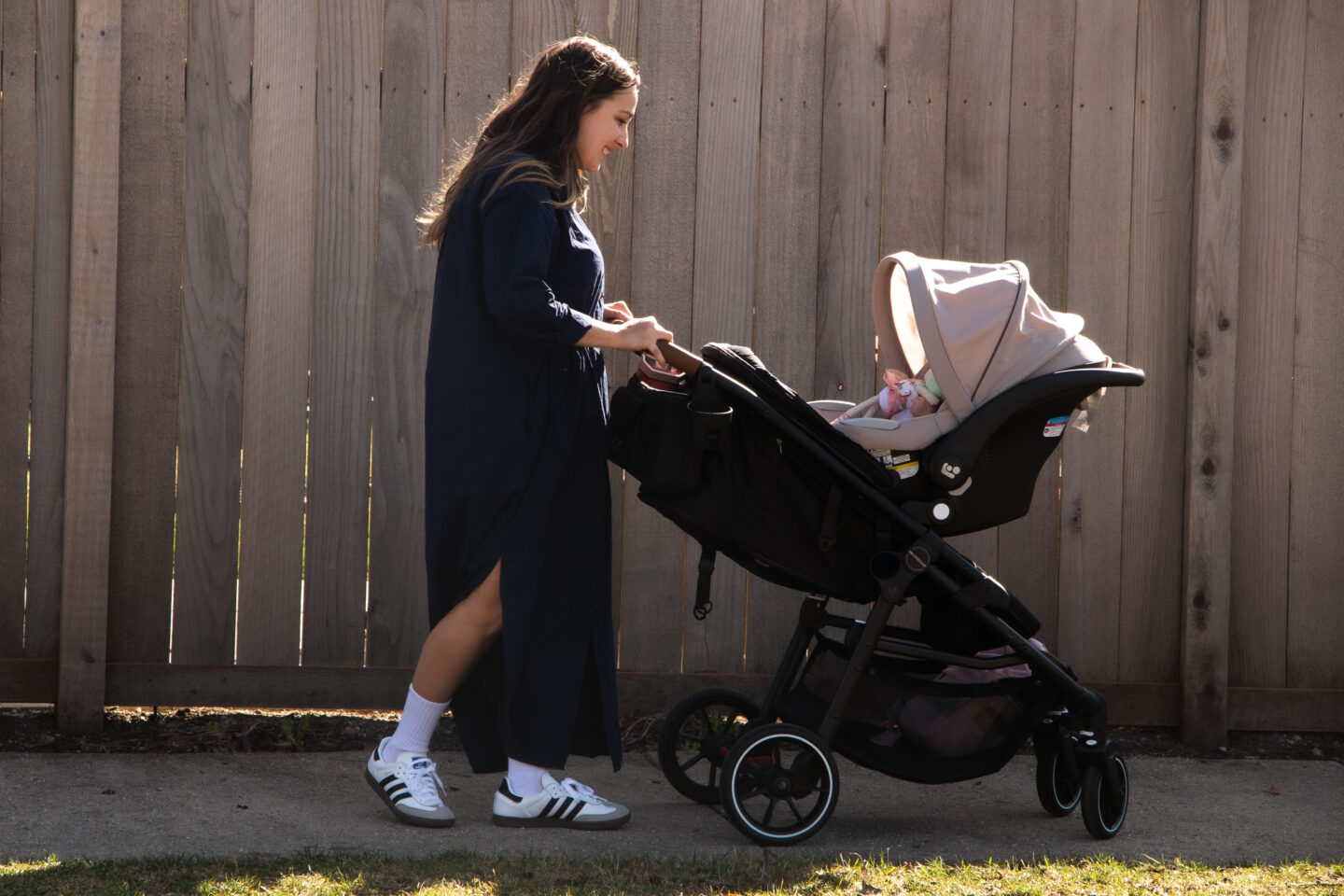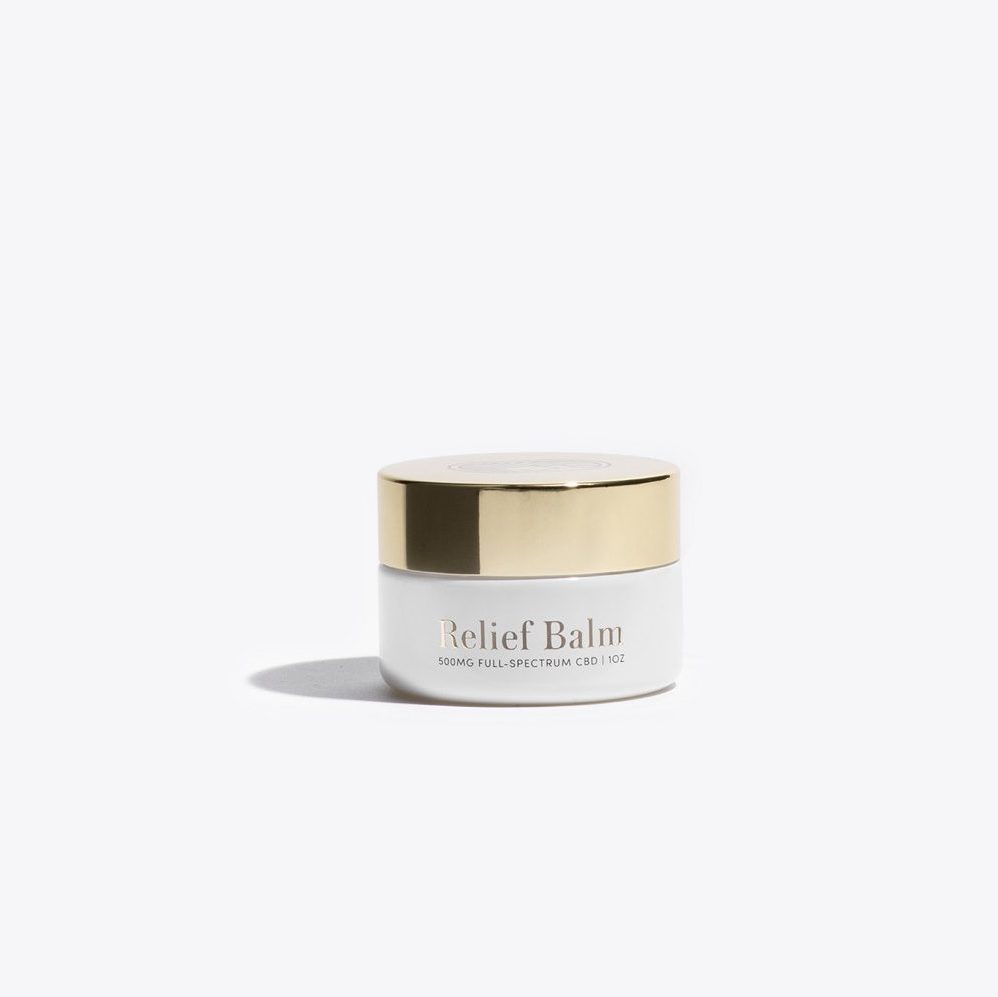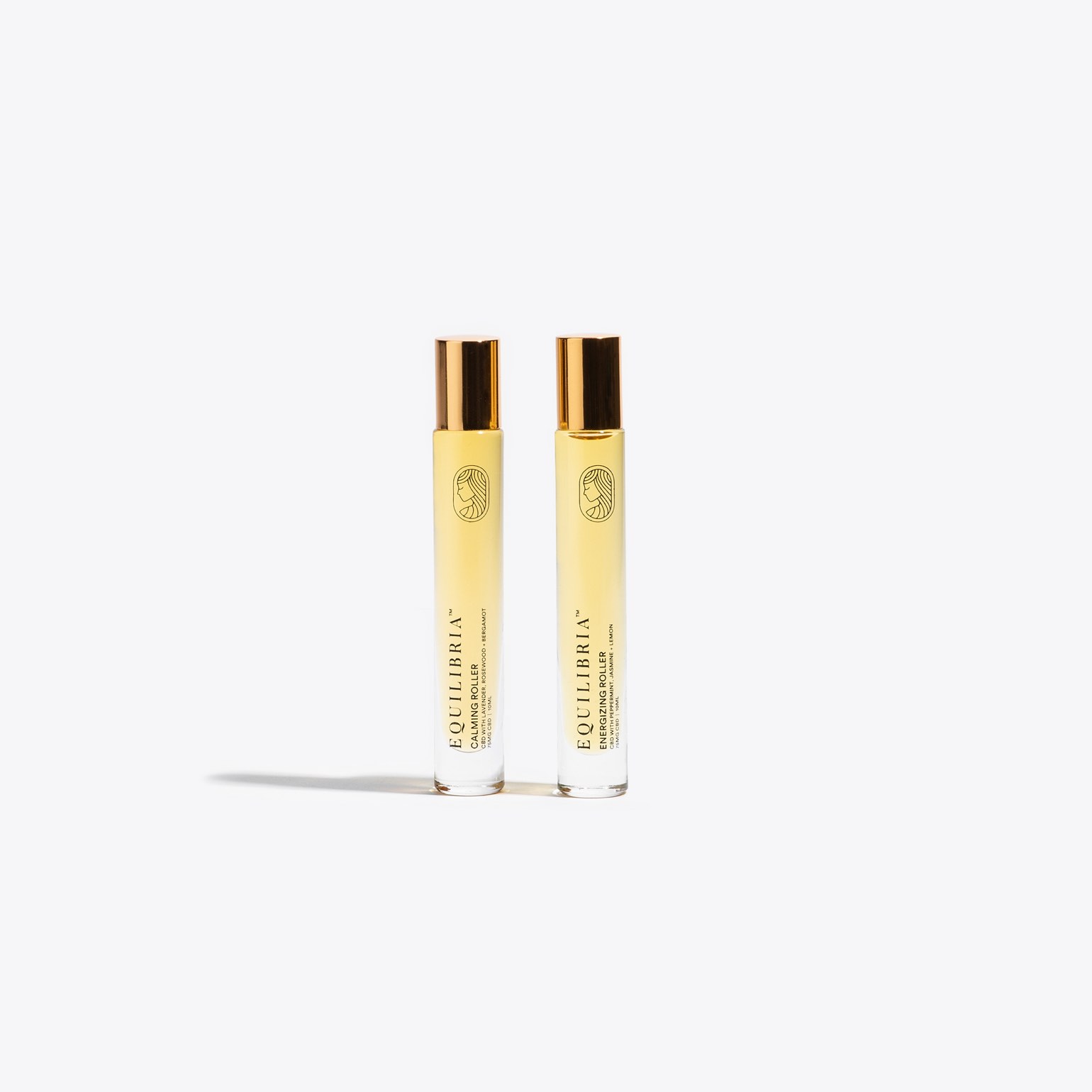
Have you ever noticed that putting on a certain color of clothing can instantly change your mood? This is because colors have a powerful impact on our emotions and can influence our energy levels and overall well-being. By intentionally choosing the right colors to wear, you can boost your mood and improve your day.
A friend and I were talking about how we have changed our color preferences since having kids. She shared that the colors in her home and in her wardrobe needed to be simplified and calming when she had her first baby. I also experienced something similar. When John and I started trying for a baby I was very attracted to the color pink. Light pink is linked to femininity, nurturing, calming, and fertility. When I had Rhema I also needed less bright colors. It is so amazing how color affects and can influence our mood.
Here are some tips to help you harness the power of color to uplift your spirits.

The Basics of Color Psychology
Color psychology is the study of how colors can affect our emotions, behavior, and overall mood. While the impact of colors can vary from person to person, some common associations can be applied in various contexts.
Color psychology is a relatively new field of study, and it’s difficult to attribute the invention of the concept to any one person. It has been suggested that color psychology has developed over time as a result of research and observations made by scientists, psychologists, artists, and designers. However, some of the earliest recorded observations of color and its emotional effects can be traced back to ancient cultures like the Egyptians, Greeks, and Chinese [1]. It wasn’t until the early 20th century that color psychology began to be studied as a formal field of research, with influential figures like Swiss psychiatrist Carl Jung and Russian painter Wassily Kandinsky making significant contributions to the field [2].
Here are some tips on how to make use of color psychology:
- Understand color associations: Familiarize yourself with the general emotional associations that different colors have. For example, blue is often associated with calmness and trust, while red is associated with energy and excitement. Take note of these associations as you consider the desired emotional response in a particular situation.
- Consider the context: The impact of colors can differ depending on the context in which they are used. For example, the use of warm colors like orange or yellow in a restaurant can stimulate appetite and create a lively atmosphere, while the same colors in a bedroom may feel overwhelming and disrupt sleep. Consider the purpose and atmosphere you want to create and choose colors accordingly.
- Use colors strategically: Intentionally incorporate colors into your environment, whether it’s in your home, office, or public spaces. For instance, if you want to promote relaxation and tranquility in a space, consider using colors like blues, greens, or purples. Alternatively, if you want to create a sense of energy and activity, consider using vibrant colors like red or orange.
- Pay attention to personal preferences: Keep in mind individual differences and personal preferences when applying color psychology. While certain colors may generally evoke certain emotions, individual experiences and cultural backgrounds can influence how people perceive and respond to colors. Take into consideration the preferences and comfort of the people in the environment you are designing.
- Experiment and observe: Color psychology can be a helpful guideline, but it is essential to remember that individual responses may vary. Experiment with different color combinations and observe how they impact your own emotions and those of others. Pay attention to how you feel in different environments with varying color schemes.
Remember that color psychology is not an exact science, and individual experiences may differ. It is essential to take a holistic approach, considering the overall design, lighting, and other factors that can contribute to the emotional response in a space.

Using Color Psychology in Your Wardrobe
Did you know that the colors you wear can have a psychological impact on yourself and those around you? This is why many people choose their clothing based not only on appearance, but also on the emotions and feelings they wish to evoke. Here are some tips for incorporating color psychology into your wardrobe:
Red
Red is a powerful and bold color that symbolizes passion and importance. It is perfect for making a statement, but should be used sparingly as too much red can be overwhelming. Incorporate red into your wardrobe with a dress, blazer or even a bold lipstick.
Pink for Positivity
Pink is often associated with love, compassion, and positivity. Wearing pink can make you feel more compassionate towards yourself and others, and can bring a sense of warmth to your day. Opt for a pink blouse, a blush pink skirt, or a pastel pink accessory to infuse your outfit with positivity.
Blue
Blue is a calming and tranquil color that portrays confidence and trustworthiness. Blue is a versatile color that can be worn both casually and professionally. This color can be incorporated into your wardrobe with a blouse, scarf or even a pair of denim jeans.
Green
Green is a refreshing and calming color that represents growth and harmony. It is perfect for creating an earthy and natural look. Incorporate green into your wardrobe with a maxi dress, cardigan or even a pair of sneakers.
Yellow
Yellow is a sunny and cheerful color that represents positivity and energy. It can be a difficult color to wear as it can easily overpower an outfit. A subtle way to incorporate yellow into your wardrobe is with accessories such as earrings, a clutch or a statement necklace.
Purple
Purple is a luxurious and regal color that represents elegance and creativity. It can be a difficult color to wear, but when done correctly, it can make a statement. Incorporate purple into your wardrobe with a blouse, skirt or even a statement coat.
Black
Black is a classic and timeless color that represents sophistication and power. Black is a versatile color that can be worn in both casual and formal settings. Invest in key black pieces such as a little black dress, blazer or even a pair of sleek black boots.
Incorporating color psychology into your wardrobe can be a fun and creative way to showcase your personal style while communicating certain emotions and messages. Experiment with different colors and see how they make you feel and what impact they have on those around you. Remember, the colors you wear can have a profound impact on your emotions and well-being. By consciously choosing the right colors for your attire, you can boost your mood, enhance your energy levels, and radiate positivity throughout your day. So go ahead, wear your colors and let your outfit be an expression of your vibrant spirit!
Sources: 1. https://www.arttherapyblog.com/online/color-psychology-psychologica-effects-of-colors/#.YQ4xv4hKjIU 2. https://www.verywellmind.com/color-psychology-2795824






